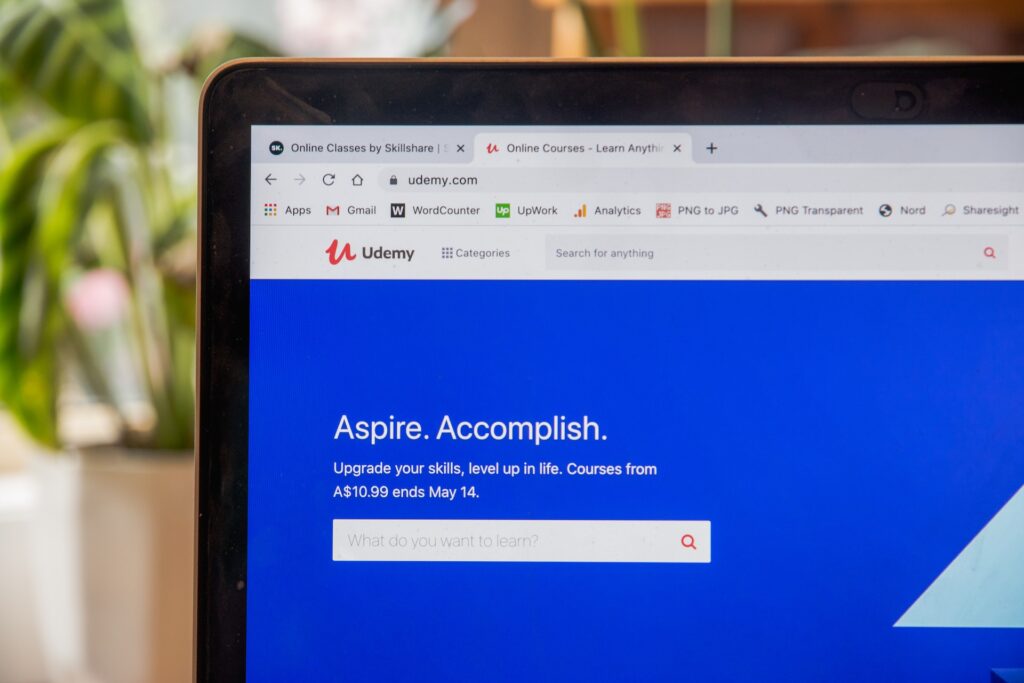Homepages form the bedrock of any successful website. In our digital age, it’s a business’s virtual first impression. A well-designed homepage can serve as a powerful tool for boosting both brand image and sales conversions. Therefore, understanding why a captivating homepage is crucial and the key objectives of a homepage is imperative.
Why a Captivating Homepage is Crucial for a Website
The homepage is often a visitor’s first interaction with a business. Thus, it plays a significant role in shaping their perception of the brand and deciding whether they’ll stay on the site or bounce off. By understanding key elements, businesses can design a homepage that is not only visually appealing but also:
- Grabs the User’s Attention: An engaging homepage captivates the user’s interest immediately, making them more likely to stay on the site and explore further.
- Boosts SEO: A well-optimized homepage can significantly improve a website’s search engine rankings, resulting in increased visibility and organic traffic.
- Enhances User Experience: A visitor-friendly homepage improves user experience by making navigation easy and intuitive.
- Communicate the Brand Value: The homepage must clearly convey what the business does and its unique selling proposition.
- Guides Visitors to Desired Action: An effective homepage directs visitors towards a particular action, such as shopping, signing up for a newsletter, or booking a consultation.
- Inspires Trust and Credibility: Modern consumers value transparency and authenticity – elements that should be clearly communicated through the homepage.

How to Make an Engaging Homepage
1. Make it Easy to Navigate
Navigating a website should be like reading a road map. Clear and concise navigation is a critical element for ensuring a user-friendly experience. This not only helps retain visitors but also boosts conversion rates by making a website’s most important features and content easily accessible. A well-thought-out and intuitive navigation structure helps visitors find information quickly, enhancing their experience and encouraging them to stay longer on the site. Here are some of the best practices for organizing the menus:
- Keep It Simple: Avoid complex structures and utilize easy-to-understand labels.
- Prioritize Important Pages: Place the most important and relevant pages upfront in the navigation menu.
- Use the ‘F’-Pattern: Users typically scan content on a page horizontally, not vertically.
- Ensure Mobile-Friendliness: Ensure your menu works well on both desktop and mobile platforms.
2. Utilizing Eye-Catching Imagery and Graphics
The right visuals can drastically enhance the appeal of a homepage. It’s not just about using any random image, but images that tell a story or evoke emotion can effectively engage your audience. Make sure to choose visuals that align with your brand identity and resonate with your target audience. Investing time in creating and choosing the right visuals will pay off in the long run. Here are key points to consider:
- Use high-quality, professional-quality images
- Choose relevant images that communicates the brand’s message
- Use illustrations to break the monotony and add an interesting visual aesthetic
- Use images that evoke emotions

3. Effectively Using the Power of White Space
White space doesn’t necessarily need to be white; it refers to the unoccupied space around and between the elements of your design. When used correctly, it helps guide users’ attention, improves readability and contributes to a clean, uncluttered look. White space can significantly impact how a website is perceived, enhancing the user’s experience by giving elements room to breathe. Here are some strategies for creating a balanced layout using white space:
- Use White Space to Separate Different Sections: This helps users distinguish between different areas of your website.
- Allow Text to Breathe: Padded spaces around the text can increase comprehension by up to 20%.
- Don’t Be Scared to Leave Some Areas Empty: Not every inch of your site needs to be filled with content.
4. Integrate Call-to-Action Elements
Getting your visitors to take the desired action, be it subscribing to a newsletter or purchasing a product, is the website’s ultimate goal. To achieve the best results, position your CTAs strategically on the homepage. Place them prominently where visitors’ eyes naturally go, such as the top right of the page or directly within the navigation. Here are key points to remember when designing CTAs:
- Make them prominent and easy to find
- Use compelling action words
- Position them strategically
- Test and tweak for improvements

5. Consider Adding Social Proof and Testimonials
Social proof and testimonials are essential elements in establishing trust and credibility for your website. They provide real-life testimonials from past clients or customers that vouch for your product or service’s quality and reliability. Remember, customers usually trust peer reviews more than brand-produced content. So, effectively showcasing your social proof can greatly enhance your brand’s credibility and conversion rates. Learning how to leverage these elements can give your homepage a huge boost and set you well on your way to designing an engaging and effective website. Here are some ways to incorporate an effective social proof section on your homepage:
- Use quotes from happy customers or high-profile clients
- Add logos of established brands or businesses you’ve worked with
- Showcase media coverage or recognitions received
- Display any certifications or awards for an extra credibility boost
6. Monitor Page Load Speed and Performance
Fast webpage loading can immensely affect your website’s user experience. A study shows that a 1-second delay in page load can cause a 7% reduction in conversions. This is why it is essential to ensure that your homepage loads quickly and efficiently. There are several strategies to optimize your website’s load speed:
- Optimize Images: Use appropriately sized images and compress them without losing too much quality. Tools like image compression plugins can be handy.
- Minify CSS, JavaScript, and HTML: Minify your code to reduce the size of your webpage. Numerous online tools can accomplish this task.
- Use a Content Delivery Network (CDN): CDN is a network of servers placed across the globe to deliver web content faster to users. The server with the quickest response time is chosen to deliver the content.
Key Takeaways
To wrap it all up, an engaging homepage is a perfect blend of creativity, attention to detail, and strategic structuring. You need to balance key elements such as:
- Clear and Concise Message: Ensure your page clearly communicates who you are and what you offer.
- Intuitive Navigation: Make the user’s journey through your website as simple as possible.
- Engaging visuals: Use high-quality images and videos to grab attention and enhance your brand identity.
- Strategic Calls to Action: Effective CTAs guide your users towards desired actions.
Remember, your homepage is the online face of your brand. Make it count!







